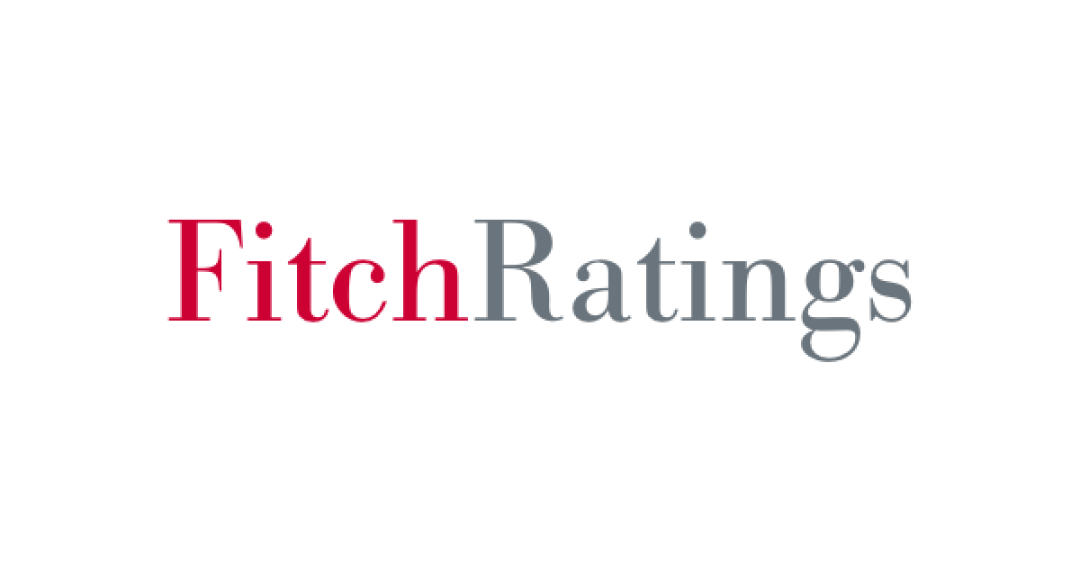
Fitch affirms Armenia’s credit rating at B+ with a stable outlook

On 28 March, the global credit rating agency “Fitch” affirmed Armenia’s affirmed Armenia's Long-Term Foreign-Currency (LTFC) Issuer Default Rating (IDR) at 'B+' with a Stable Outlook, reported arka.am.
According to Fitch Ratings, Armenia's 'B+' IDRs reflect fairly high government and external indebtedness, relatively weak external finances and geopolitical tensions that have the potential to escalate into military conflict. These negative indicators were balanced against high income per capita; governance, development and ease of doing business indicators that outperform the 'B' rated median; and institutions that have facilitated orderly political transitions and weathered the 2020 pandemic shock and six-week war with Azerbaijan. It also has a robust macroeconomic and fiscal policy framework, and credible commitment to reform, both of which are underpinned by the IMF stand-by arrangement (SBA).
Fitch’s report emphasised that the impact of the twin Covid-19 pandemic and conflict shocks saw Armenian government indebtedness reverse its prior downward trend, with general government debt/GDP rising 13.8pp to 67.3% at end-2020, overtaking the current 'B' median (63.8%). It forecasted Armenia’s debt/GDP to peak at 67.6% at end-2021, before falling gradually to 63.5% by end-2025 as the government re-implements its medium-term fiscal rules and targets to reduce the metric to 60% by end-2026. The report forecasted Armenia’s real GDP growth to rebound to 3.2% in 2021 and 4% in 2022, partly due to base effects and supported by expansionary policy stances, especially in public investments. It was also emphasized that the foreign-currency denominated debt represented 77% of public debt ('B' median: 61%), increasing the country's vulnerability to dram depreciation.
In terms of fiscal policy, Fitch said that the consolidated fiscal deficit widened to 5.1% of GDP in 2020 (compared with a forecast of 7.6% at our October 2020 review), from 0.8% in 2019, driven by higher expenditure, including to support the economy during the pandemic. A budget amendment in the fourth quarter of 2020 widened the state budget deficit and reallocated spending for the war effort, but under-execution of capital expenditures limited the 2020 deficit outturn.
Fitch forecasted the consolidated fiscal deficit to narrow gradually to 4% in 2021 and 2.8% in 2022, due to a continuation of several fiscal-support measures under the economic recovery plan in 2021. However, it added that potential additional fiscal measures to support a weaker economic recovery is a key risk to their projections, emphasizing that the 2021 deficit would be financed primarily by a $750 million Eurobond issued in February 2021, with 71% of the annual financing requirement completed by end-February.
External finances were highlighted as key weakness for Armenia, with a high commodity export dependence (41% of 2020 current external receipts) that raises vulnerability to copper and precious metal price fluctuations, and fairly weak foreign direct investment (FDI) inflows. Net external debt (NXD) was high, at 55.1% of GDP at end-2020 ('B' median of 32.3%) and Fitch forecasted it to rise to 62.2% by end-2022.
In terms of monetary policy, the report said that Armenian banks were well positioned to weather the impact of the 2020 shocks. The banking system was well capitalised relative to similarly rated peers' (capital adequacy ratio of 16.6% at end-January 2021), and asset-quality deterioration from the pandemic should rise only slightly from 7.3% (non-performing loans ratio) at end-January 2021, due to the authorities opting for just a brief two-month debt service holiday, while no regulatory forbearance has been applied for problem loan recognition and provisioning. Banking exposure to the Nagorno-Karabakh conflict region was limited, with loans to the region roughly 3% of GDP (5.3% of bank loans) at end-2019, and the region's deposits estimated at 1% of GDP or 1.5% of bank liabilities. It was noted that the government-subsidised lending to banks has helped underpin private-sector credit growth of 18.3% on average in 2020, but which has since moderated to 11.4% in February 2021. Fitch's macroprudential risk indicator for Armenia was '2', indicating a moderate level of risk due to a positive credit gap in 2019-2020.
Finally, on a political level, the agency said that it expects Prime Nikol Pashinyan's 'My Step' alliance to maintain a parliamentary majority after the 20 June 2021 elections. “Although we expect Pashinyan to retain power, support for his government has diminished since the war and could exacerbate the challenges of implementing structural reforms and tackling corruption,” the report further elaborated. It was also emphasised that due to the effects of Armenia's defeat in the Nagorno-Karabakh war are likely to persist, with the influx of refugees to Armenia numbering in the tens of thousands and the need to re-establish diplomatic efforts through the previously failed OSCE Minsk Group process. The report concluded that despite the presence of Russian peacekeeping forces, tensions in Nagorno-Karabakh have the potential to reignite due to the absence of a demilitarised zone and that the war has also further entrenched Armenia's reliance on Russia for security and economic relations.
See Also


Armenia Strengthens Ties with Council of Europe

Former Armenian President Labels Pashinyan a Traitor and Blasphemer

Pashinyan Addresses Key Issues on Church, National Future, and Fund Allegations

Azerbaijan Calls for 'Dialogue and Diplomatic Resolution' Between Israel and Iran

